How does a damaged turbocharger manifest itself?
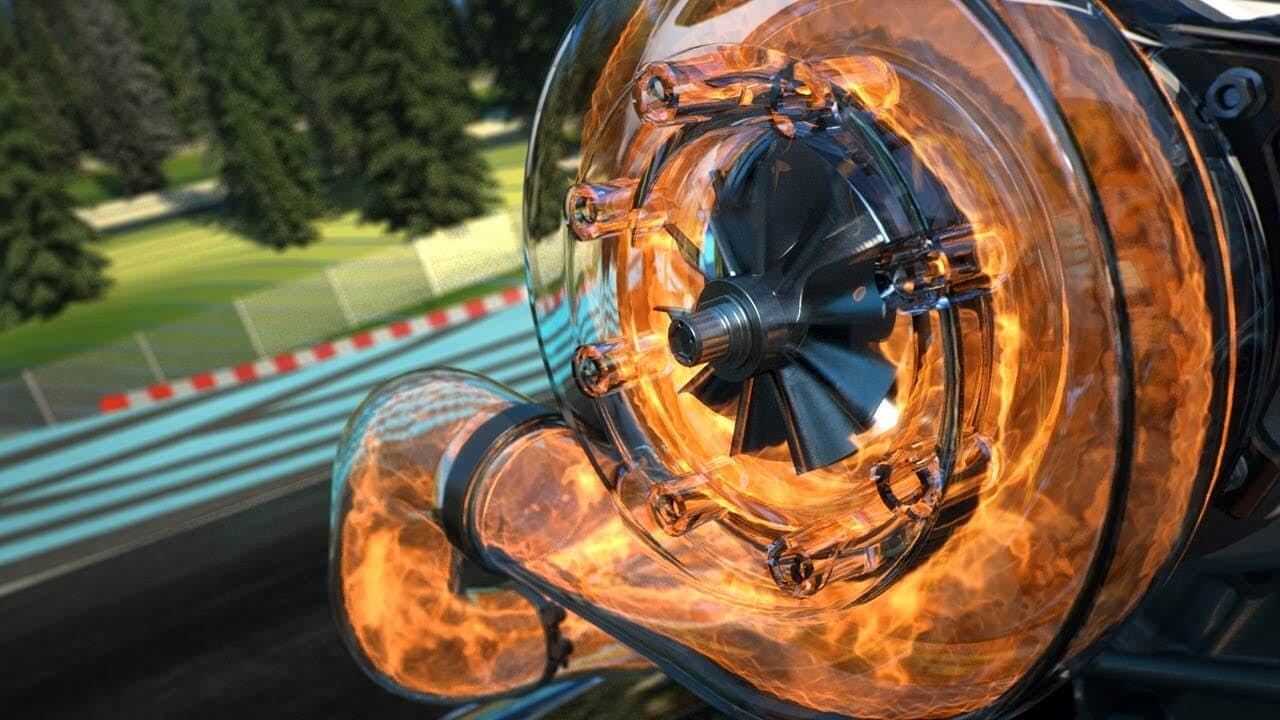
Today, supercharged engines dominate among other engines under the hood of cars. Compared to the classic naturally aspirated engines, they are more powerful and economical when driving calmly. They have one major drawback, though.
Compared to non-supercharged engines, these are technically more complex, less reliable, and more expensive to maintain. It is necessary to treat them with consideration and care.
Inhaltsverzeichnis
Particular attention should be paid to the turbocharger, which is not immortal like a car engine. It is expensive to repair and even more costly to replace.
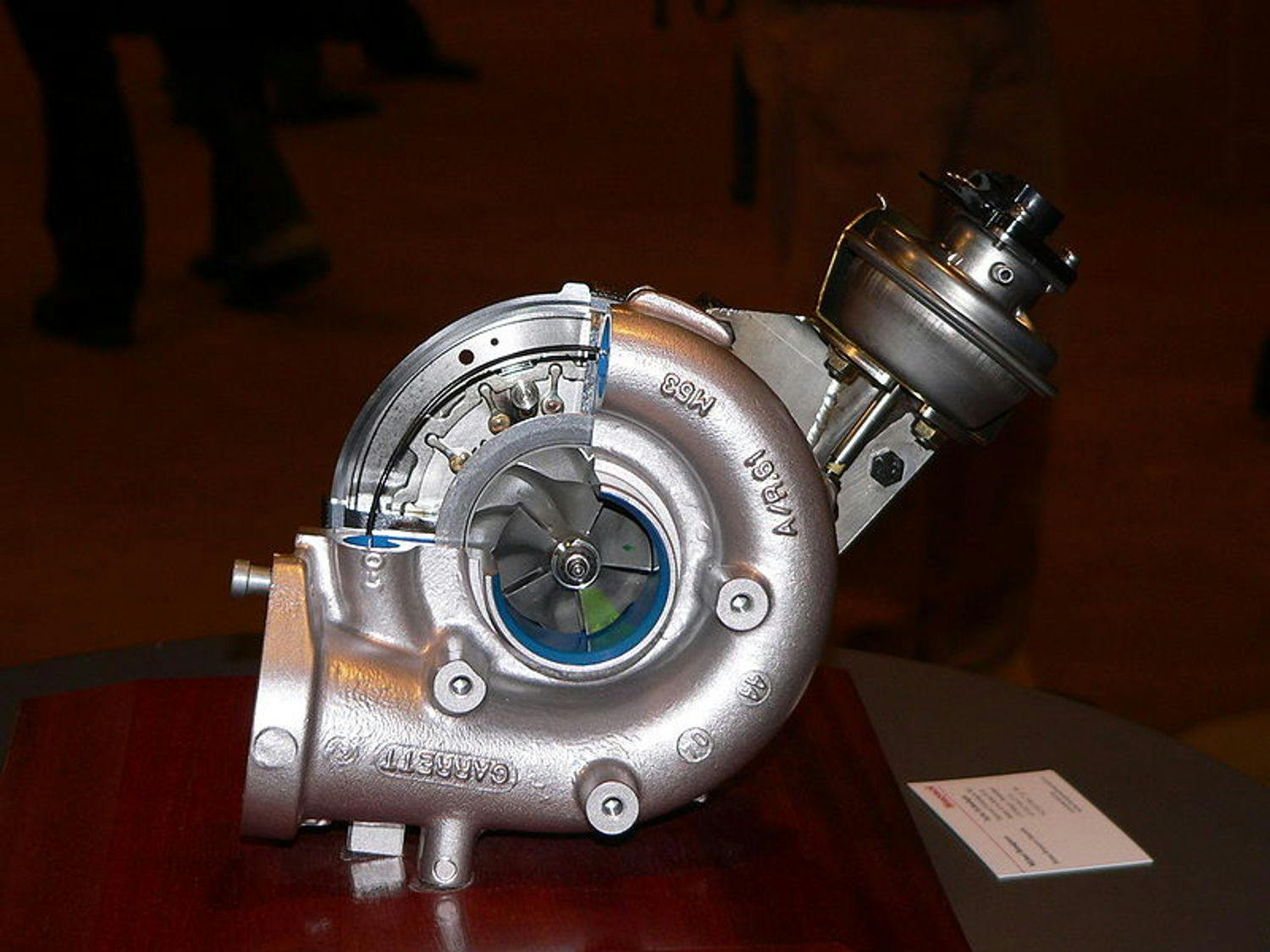
Turbocharger: What are its advantages, and what is turbo lag?
But how does a damaged turbocharger manifest itself? We will answer this question in the following 5 points.
1. Turbo whistle
A turbo whistle is one symptom that indicates something is wrong with the turbocharger. Indeed, suppose the turbocharger whistles with increasing revolutions. In that case, the problem may be hidden in worn turbocharger bearings, in a leak between the turbocharger and its pipe, or in damage to one of its turbines.

However, in any case, the turbo whistle is usually not normal, so you should go to the repair shop for a check or possible repair of this problem.
2. Blue smoke from the exhaust
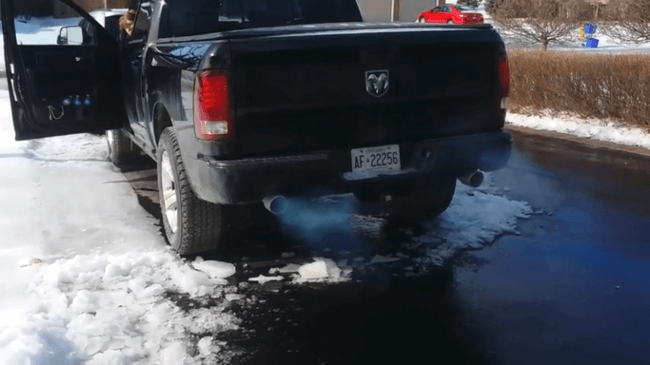
Blue smoke from the exhaust means only one thing: engine oil enters the cylinder space. The more engine oil penetrates the cylinders, the more the car smokes.
Engine oil can get into the cylinder space in several ways, for example, through a damaged cylinder head gasket, worn piston rings, cylinder liners, pistons, cylinders, or the turbocharger itself.

Blue smoke from the exhaust: What problem does it indicate?
The turbocharger is lubricated and cooled using engine oil. It can penetrate the turbine area and subsequently travel into the combustion chamber. The result is blue smoke from the exhaust and increased engine oil consumption.
3. Increased oil consumption
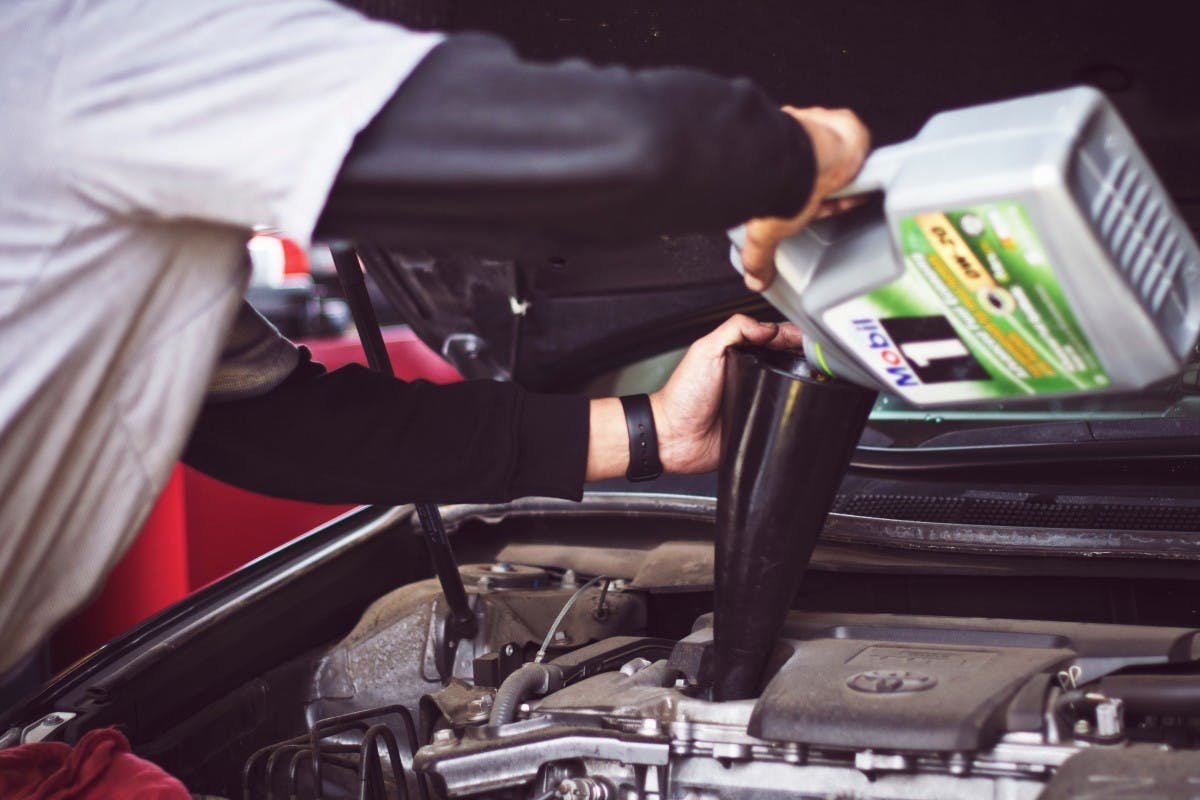
This problem can be combined with blue smoke from the exhaust. If the cause of the increased oil consumption is in the turbocharger, damage to the pipes supplying the turbocharger with engine oil and turbo seals, or damage to the turbocharger bearings may be to blame.
If the oil penetrates through the turbocharger into the combustion chamber of the engine only in a minimal amount, the problem is not so serious.
In the case of a large oil leak in the cylinder compartment, you should be careful. If you have a diesel engine, it can be scary. This phenomenon is also called runaway diesel. But what is it about?

Runaway Diesel: What to do when you cannot turn off the engine?
As you may already know, the rotating parts of the turbocharger are lubricated with engine oil. In case of damage to the seal, the turbocharger will drive it together with air directly into the cylinders, thereby increasing the engine speed and thus also the speed of the turbo itself.
This results in the turbo constantly pushing more air and engine oil into the cylinders until the engine is destroyed, burns all the oil, or seizes up.

Engine Oil Classification Explained
Simply put, it is a malfunction in which the engine begins to consume its engine oil uncontrollably. If such a malfunction occurs, it usually ends with the destruction of the engine.
4. Excessive turbo boost
It can be recognized by the intense reactions of the engine to pressing the accelerator pedal. Just as a turbo boost pressure that is too low is not desirable, the same is true of a turbo boost pressure that is too high.
This excessive turbo boost pressure can only be caused by a faulty regulator. It must be replaced in the event of a malfunction.
5. Loss of performance
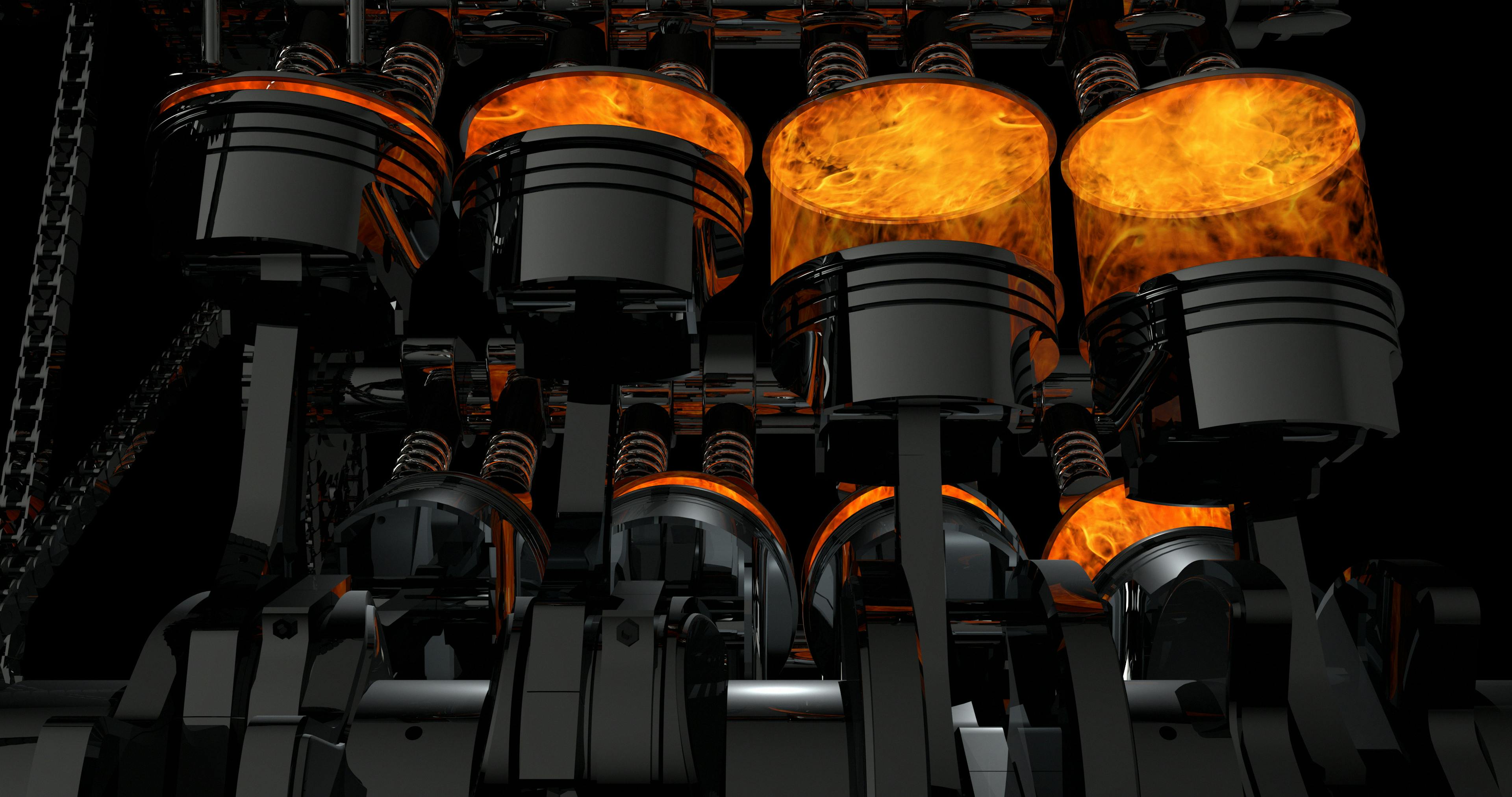
The loss of power can have various causes, which of course, also include a damaged turbocharger. The usual reason is a turbine malfunction that takes care of air intake. In this case, the turbocharger cannot use the maximum charging pressure and thus will not deliver full power to the engine.
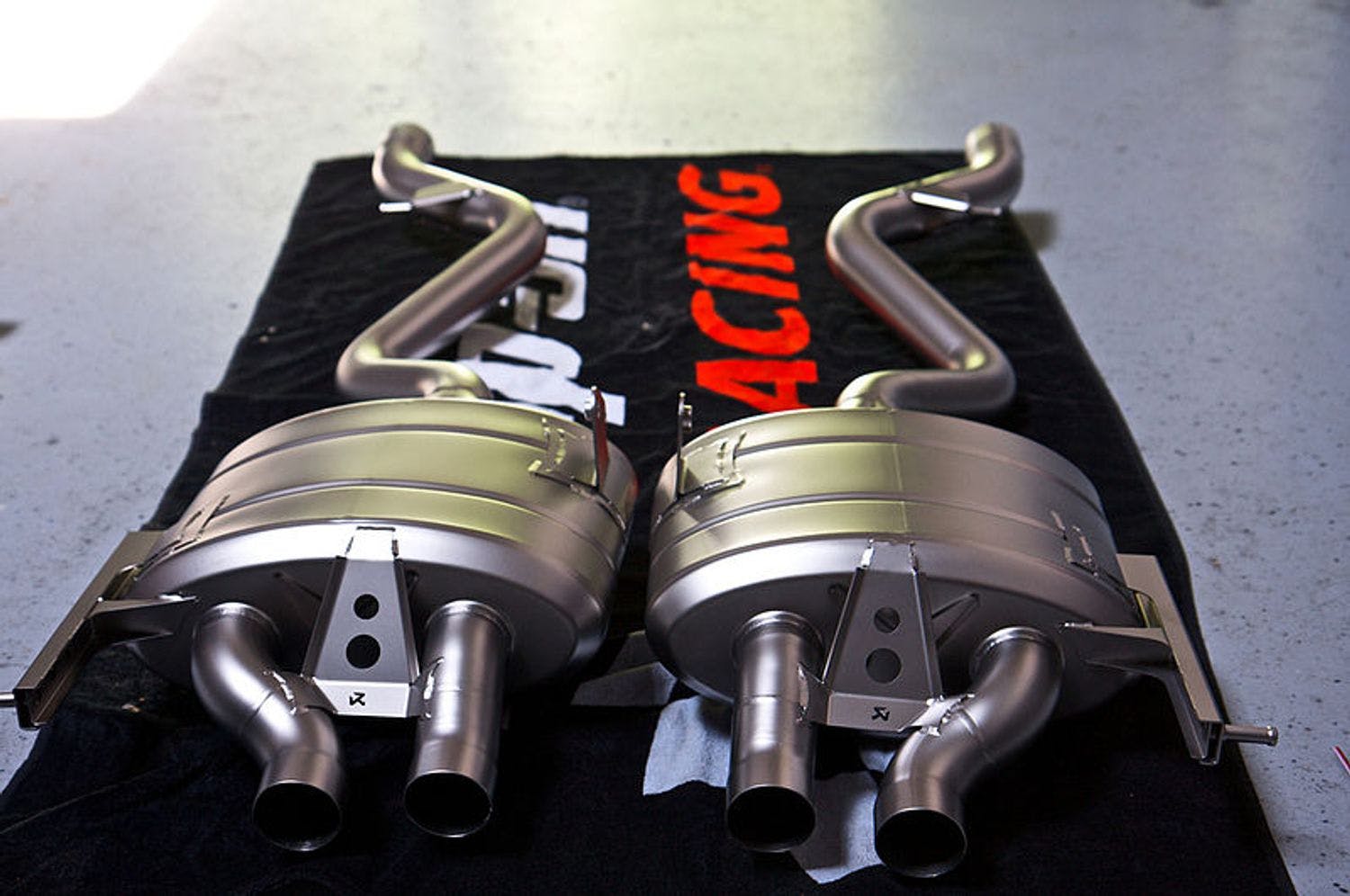
Car Losing Power: Why does the engine lose power over time?
However, power loss can also indicate a problem with the variable-geometry turbocharger. This can cause the blades to be stuck due to soot, so the turbocharger cannot develop a higher filling pressure. In this case, cleaning the mechanism from soot is often enough.